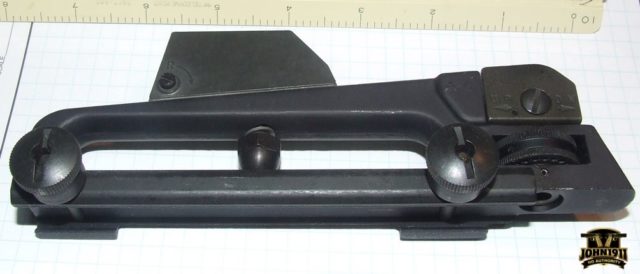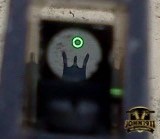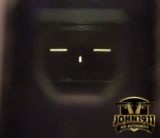(Picture: 1 Left side view of unmounted Ring Sights)
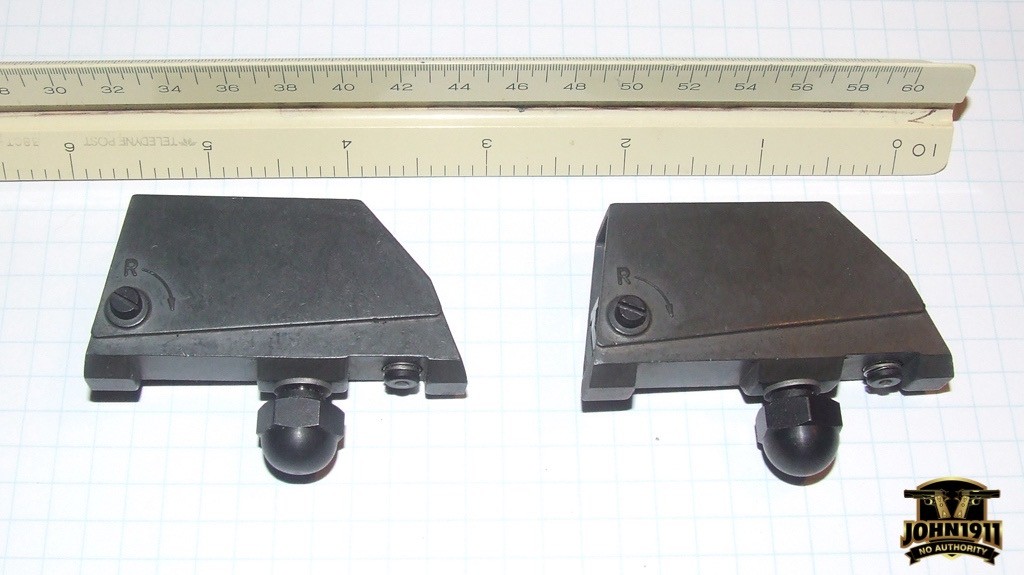
Picture 1 above is of two rather unique LC-7-40-M16 optical sights from the 1980s era. These sites were designed and produced by a company named Ring Sight out of Salisbury, UK (now in Sussex) for use on the original M16 carry handle guns. The sights consist of a compact aluminum extrusion with a solid glass optical component. The sight features no electronics and uses tritium to light a reticule (Picture 3) for night time shooting. Day light shooting uses a reticule (Picture 2) that is illuminated using reflected light from the target. Elevation and windage adjustments are accomplished using screws that are external to the optics.
(Picture: 2&3 Day reticule lit using green fiber optic and Night reticule lit with a flash light)
I acquired these sights from Ebay in 2012. There were being sold off as surplus, never used. I believe I paid $20 for each one at the time. Due to their surplus nature and age, the tritium was dead in them so the only way to get the night reticule to light up was to shine a flash light into the top hole. This hole is there to gather any ambient light to assist the tritium in illuminating the reticule.
(Picture: 4 Ring Sight mounted on detachable carry handle)
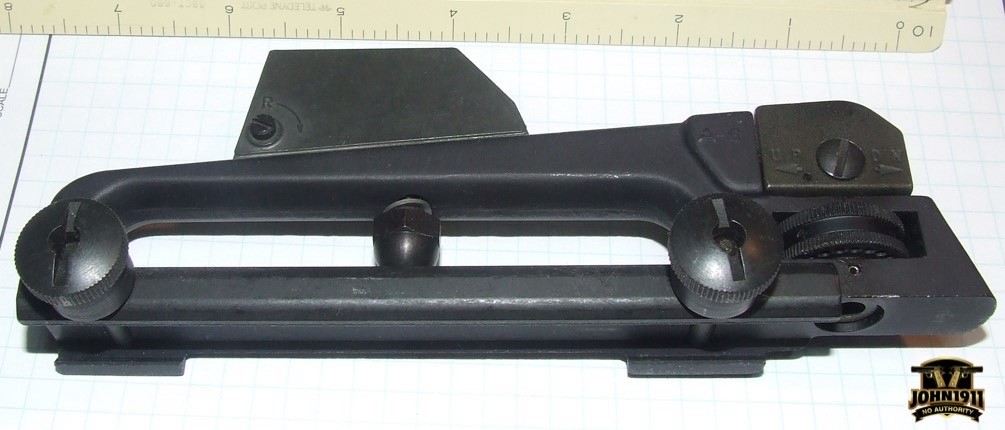
The reason I bought two of the sights was to take one apart to see how it work and I figured for $20 it was worth destroying one (you don’t get to be an engineer without taking everything apart). Disassembling the sight requires grinding off the ends of the elevation and windage adjustment screws. You can reassemble the sight but they will not longer have a positive stop at the end of travel. The sight has a plastic beam that the solid glass optic is glued to. The beam serves as the method of zeroing the optic with the traversing left and right via the front windage screw and up and down via the elevation screw in the rear. The glass is a solid piece with various bits glued to it and a coating of black paint to restrict the light paths.
(Picture: 5 Parts of the sight laid out)
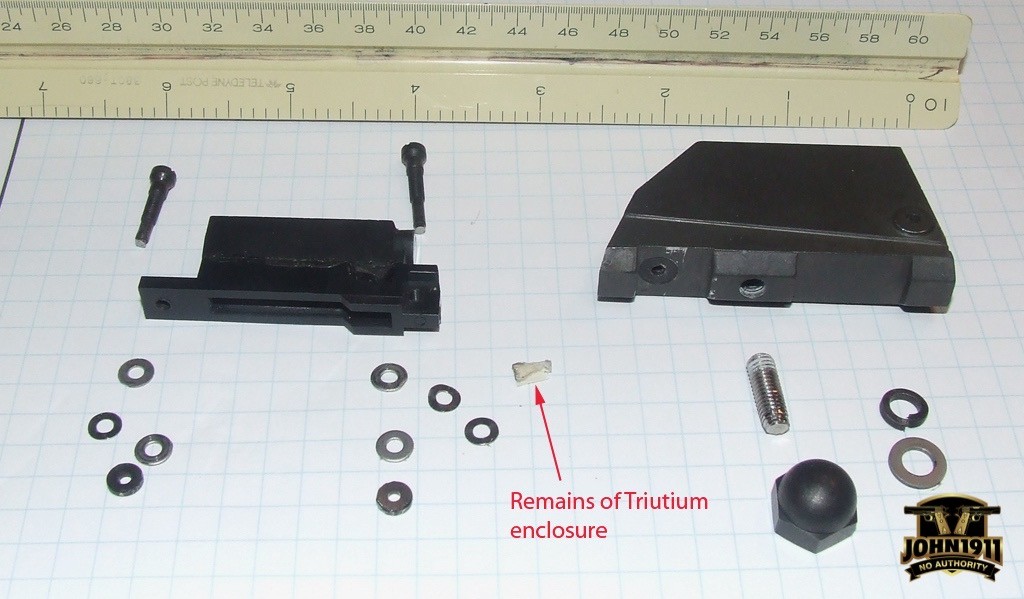
(Picture: 6 Separation of glass element from plastic beam)
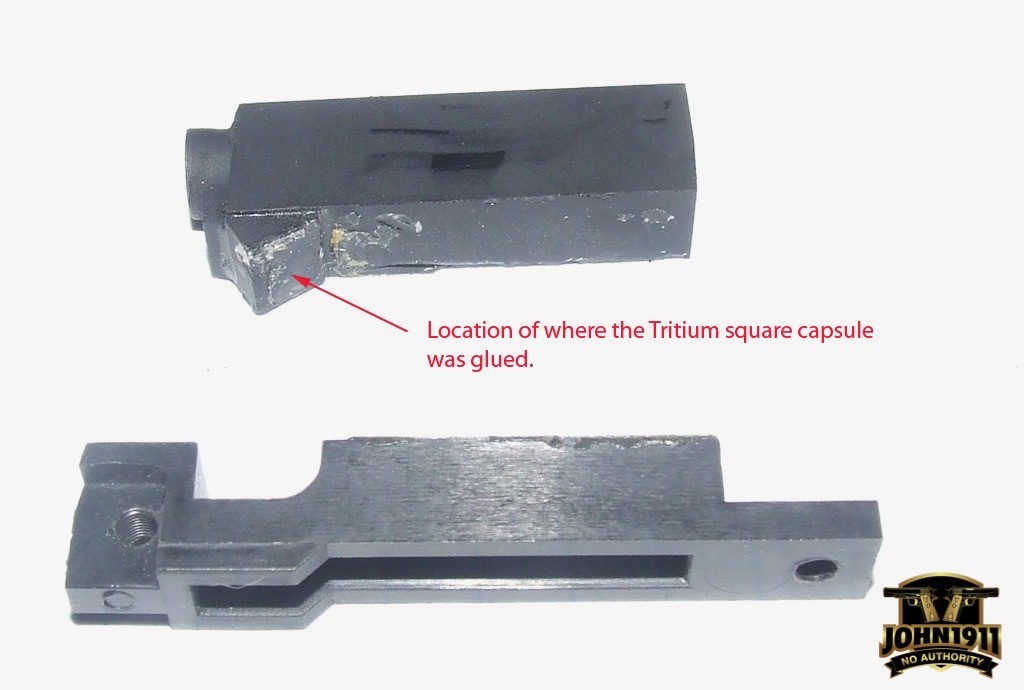
(Picture: 7 New live tritium glass capsules to replace dead tritium element)
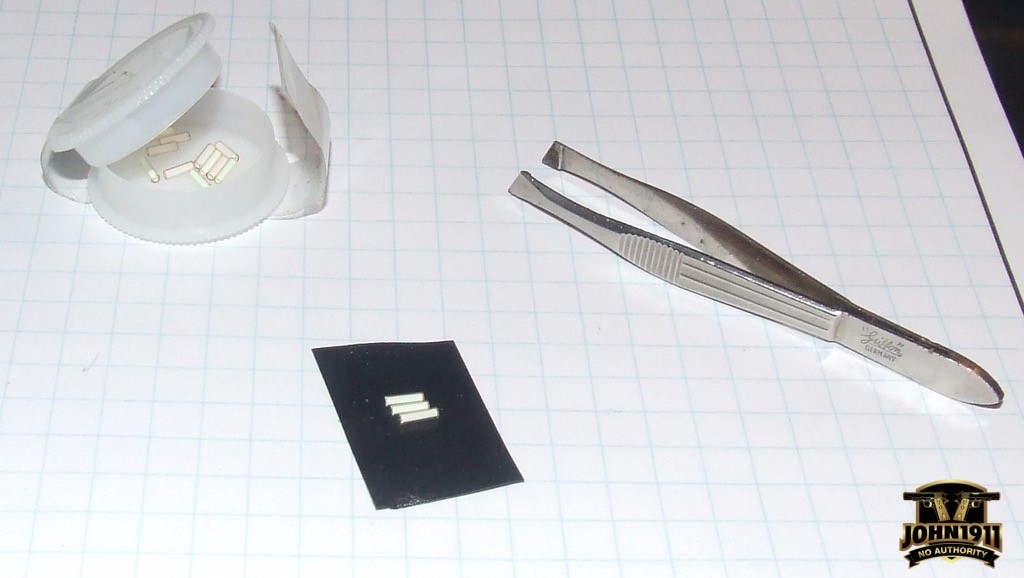
(Picture: 8 Tritium capsules taped to the glass optical element)
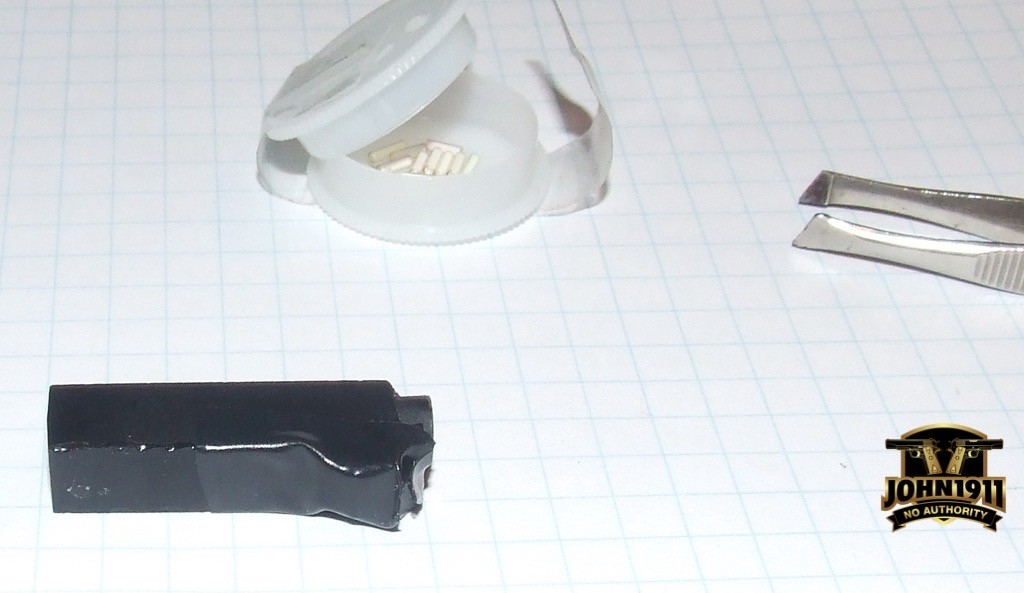
(Picture: 9 Optical paths and how the light illuminates the different reticules (spelling errors in the image) optical paths might be slightly different than shown)

Conclusions:
The optic is terrible compared to the simplest of red dots available these days. The eye box is very limited and the day lit reticule is near useable due to it using the reflected light from the target to illuminate it. I still keep it as a small light weight retro optic for my Colt SP1. The last time I saw one of these for sale, the price had risen greatly due to the retro market grabbing them up.
For those wondering, the replacing of the dead tritium with 3 small capsules did not work. The original tritium source must have been brighter and/or the bonding of the original capsule to the optic glass allowed better light transmission.
I have included a pdf copy of the original instructions in case one of you might procure one. I had a bear of a time finding a copy since there are no markings of any kind on the original packaging or on the sight itself.
RING SIGHT PDF. CLICK LINK BELOW TO DOWNLOAD:
Mongo
John1911.com
”Shooting Guns & Having Fun”
- The Safe is Full Again! - January 7, 2025
- These Old Guns - October 11, 2024
- Expensive Optics Cheap - August 18, 2024


